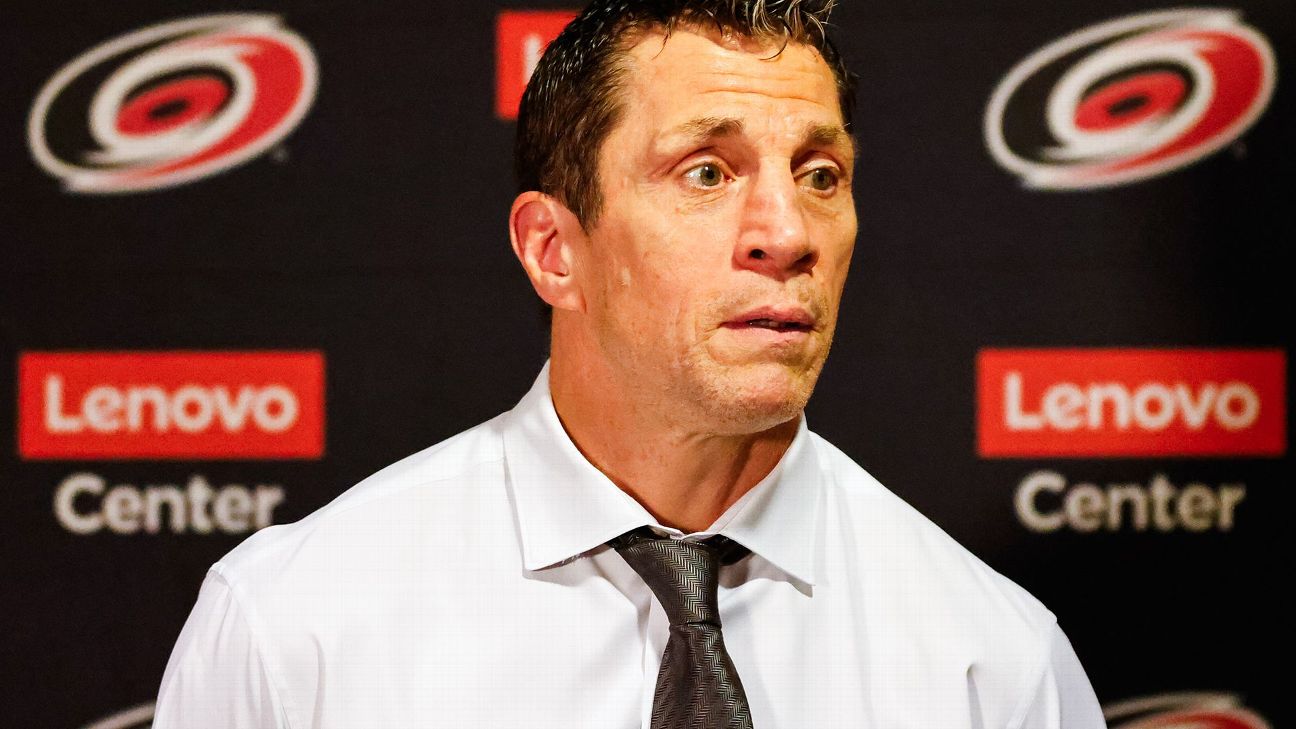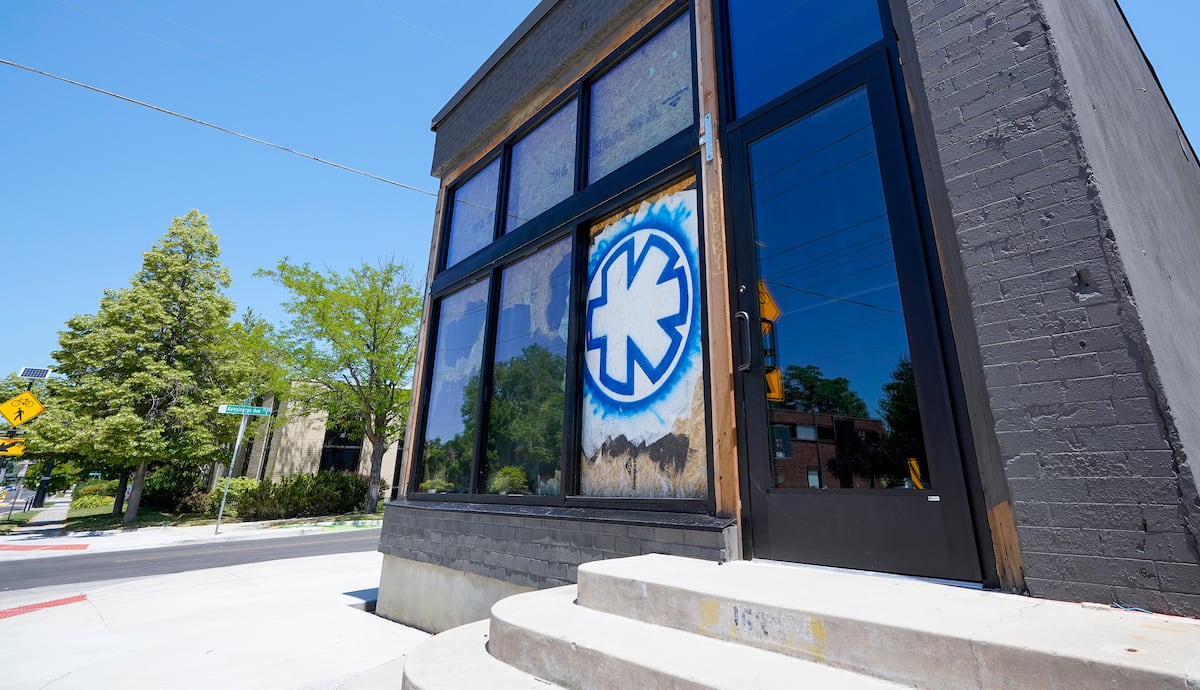There’s about a one in six chance that Salt Lake City is the next location for the Arizona Coyotes.
That’s according to one oddsmaker, Adam Thompson of Bookies.com, who has developed odds for the various places the Coyotes could choose to move given the recent defeat of their proposed Tempe stadium plan.
There, between 56% and 57% of voters chose not to support Propositions 301, 302 and 303 in a special election that concluded two weeks ago — ballot measures that would have led to a $2.1 billion entertainment district in the city that included the new stadium.
It’s the latest development in a difficult 27-year history of the NHL in Arizona. The team arrived when Winnipeg Jets ownership announced their financial difficulties and put the team up for sale; a group of Phoenix businessmen bought the franchise and moved it to Phoenix. After that, the team has been sold a remarkable six times — in 2001, 2006, 2009, 2013, 2014, and 2019.
The current owner is Alex Meruelo, who runs a variety of enterprises, including Los Angeles TV and radio stations and the Sahara casino in Las Vegas. He doesn’t have many ties to Arizona. He obtained full ownership of the team after minority owner Andrew Barroway was arrested in March for allegedly strangling his wife; as you can see, the situation is probably the messiest in American professional sports.
So what are the signs linking the Coyotes and the NHL to Utah?
First, Jazz owner Ryan Smith’s clear interest in the NHL. In 2021, there were rumors about Smith buying the Pittsburgh Penguins. In March, Smith had dinner with NHL Commissioner Gary Bettman. In April, he tweeted that the process of bringing the NHL to Utah was “in motion.”
Second, NHL reporter Andy Strickland reported that “Salt Lake City appears to be the focus for the Arizona Coyotes internally among hockey ops.” The Canadian sports channel Sportsnet has Salt Lake City as its No. 1 option for Coyotes relocation as well.
One big question: where would the Coyotes play if they moved to Utah? The Delta Center is the obvious answer, and the arena was designed to be able to host an ice rink when it was built in 1991 — but there are significant problems. The endlines get cramped with an NHL-sized hockey rink in there; fans near the goals must sit well above the action.
Sightlines aren’t great, either — from some seats, it’s difficult to see some of the action in the corners.
The other obvious option is West Valley City’s Maverik Center, which seats 10,100 people. That arena is more purpose-built for hockey, but isn’t controlled by Smith like the Delta Center is — West Valley City itself owns the arena. Regardless, the club currently plays at Arizona State University’s Mullett Arena, which seats only 5,000 people.
Clearly, either Salt Lake City arena would be an upgrade for now, but the long-term would likely involve building a new arena for the NHL team. Such an arena could be used as a new home for the Jazz, too. Where that might be — downtown, at the former state prison site at the Point of the Mountain, or some other location — is going to be the result of years of negotiation.
Regardless, this isn’t going to be an imminent move. NHL deputy commissioner Bill Daly told ESPN’s Greg Wyshynski that he does not “envision a scenario in which the Coyotes are not playing in Mullett Arena next season.”
After that, there’s very little idea as to what Meruelo will choose to do. He could try again in the Phoenix area, either by taking on more of the cost of the proposed Tempe project or by trying to build something in Scottsdale. The latter option is what most of their fans preferred in a poll on Twitter.
Or he could move the team to another market, either himself or by selling the franchise. America’s No. 5 city by population, Houston, doesn’t yet have an NHL team. Kansas City is home to the T-Mobile Center, which was built with a hockey team in mind. Those two cities were considered more likely to be the end home of the Coyotes by the Bookies.com oddsmaker. In addition, Atlanta, Milwaukee, Toronto, Hartford, and Quebec City were considered options. Sacramento Kings owner Vivek Ranadive also has expressed interest in purchasing an NHL team, too.
There’s no lack of options, to be sure. But the Coyotes ending up in Salt Lake City appears to be one of the most realistic ones in the eyes of nearly all observers.
One in six odds? Long-suffering hockey fans in Utah have never been so optimistic.
Editor’s note • This story is available to Salt Lake Tribune subscribers only. Thank you for supporting local journalism.



























/cdn.vox-cdn.com/uploads/chorus_asset/file/25782636/247422_ChatGPT_anniversary_CVirginia.jpg)
/cdn.vox-cdn.com/uploads/chorus_asset/file/25789444/1258459915.jpg)

/cdn.vox-cdn.com/uploads/chorus_asset/file/25546252/STK169_Mark_Zuckerburg_CVIRGINIA_D.jpg)


/cdn.vox-cdn.com/uploads/chorus_asset/file/23951353/STK043_VRG_Illo_N_Barclay_3_Meta.jpg)